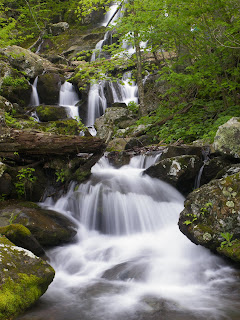
May 4, 2008
The Vicksburg, MS RV Park we are staying at is connected with the local casino boat and includes breakfast. So we take the shuttle to the casino for a sumptuous breakfast. It is crowded. This must be the thing to do here on Sunday morning.
After breakfast we drove up to the Vicksburg National Military Park. While the Union army was bogged down in Virginia against Robert E. Lee, General Grant made steady progress in the western theater by working in conjunction with the unmatched Union Navy. Vicksburg was the final linchpin of the Mississippi. It was a heavily fortified city called the “Gibraltar of the Confederacy”. Grant spent a year trying to take it. Finally one plan worked. He marched his army down the west bank of the Mississippi, while the navy made a daring night passage past Vicksburg. The navy then ferried the army across the river so he could attack from the east. He now had the city surrounded. After several fruitless attacks, Grant settled into a siege. On July 4, 1863, all 30,000 starving Confederates troops surrendered. The Confederacy was cut in half.
We stop at the Visitor center to look at the exhibits and then purchase an Audio tour for the drive. The park is similar to Gettysburg but since it was a siege, not nearly as interesting. Mostly it consists of earthworks and monuments everywhere you look. Illinois monuments in particular. It appears that every eligible male in Illinois at the time must have fought here. (No wonder the Union won!)
For me the most interesting point of the park is the USS Cairo. The Cairo was an ironclad warship that bombarded Vicksburg from the river, but has the distinction of being the first warship sunk by a mine. In 1964, amazingly, they found it buried in the riverbed, then raised and restored it. It now sits under an open tent. Most of the metal parts are there including the boilers, engines, paddlewheel, cannon, and armor plating. What wood did not survive has been reconstructed. It is really cool! Inside the little adjoining museum they have all the artifacts that were found inside, most in mint condition.
Surprisingly even Aimee is turning into a Civil War expert. I was shocked when during the drive, she noted off to one side, “There’s a couple of Napoleons”. I figured they were just all cannons to her. After spending all day taking the 2.5-hour driving tour, we settle back to the same RV Park as last night.







































